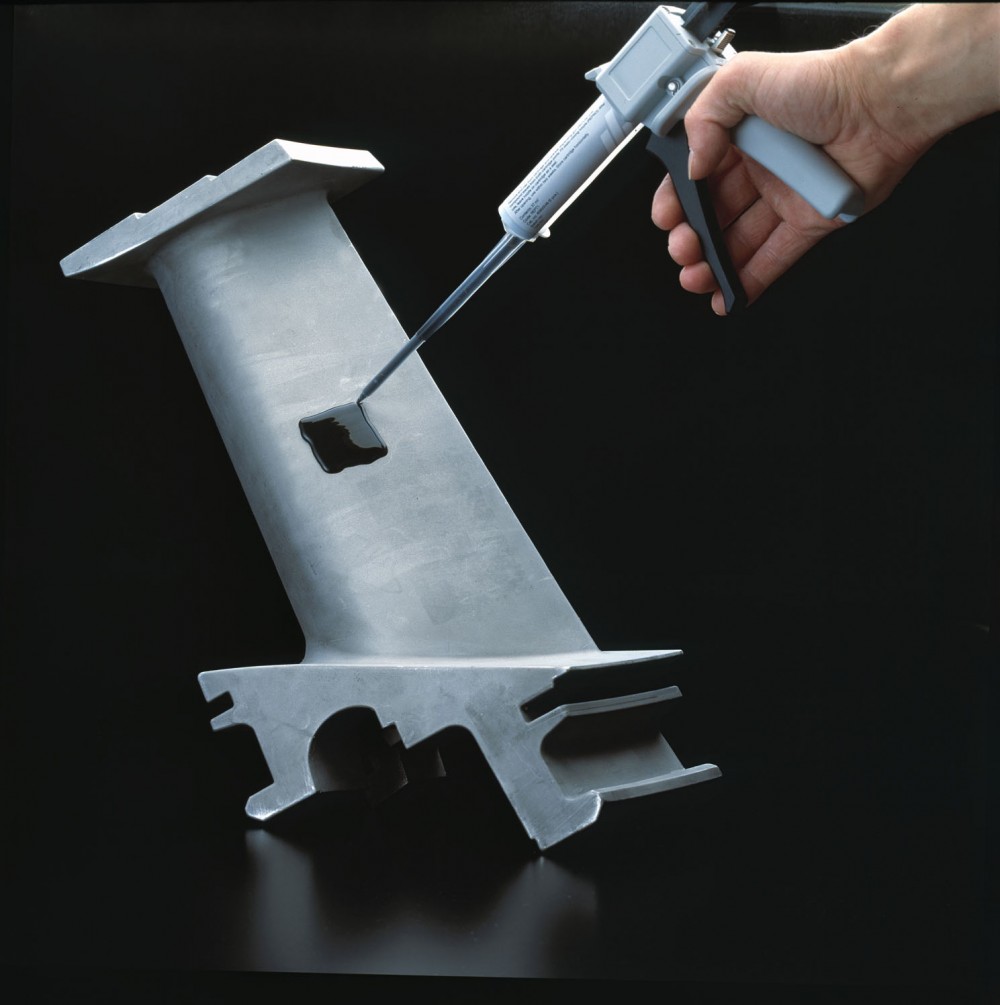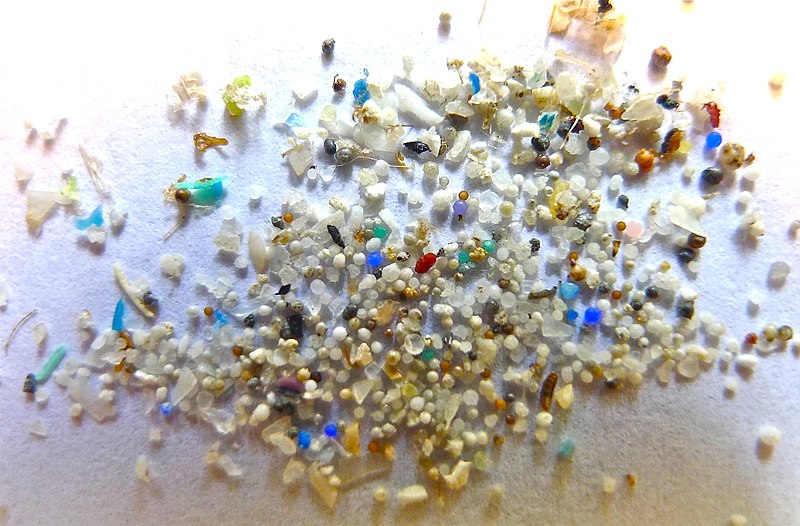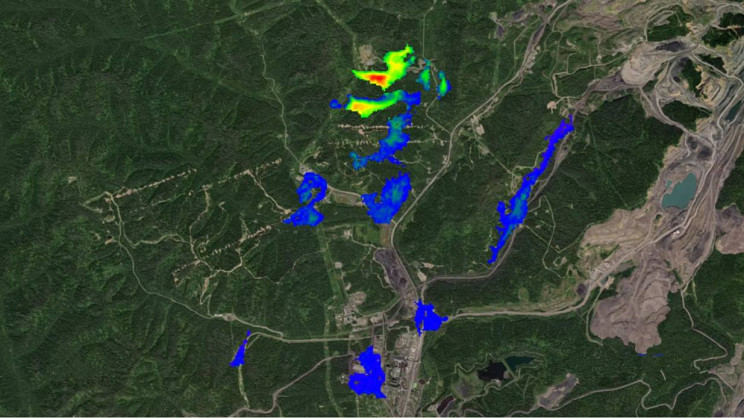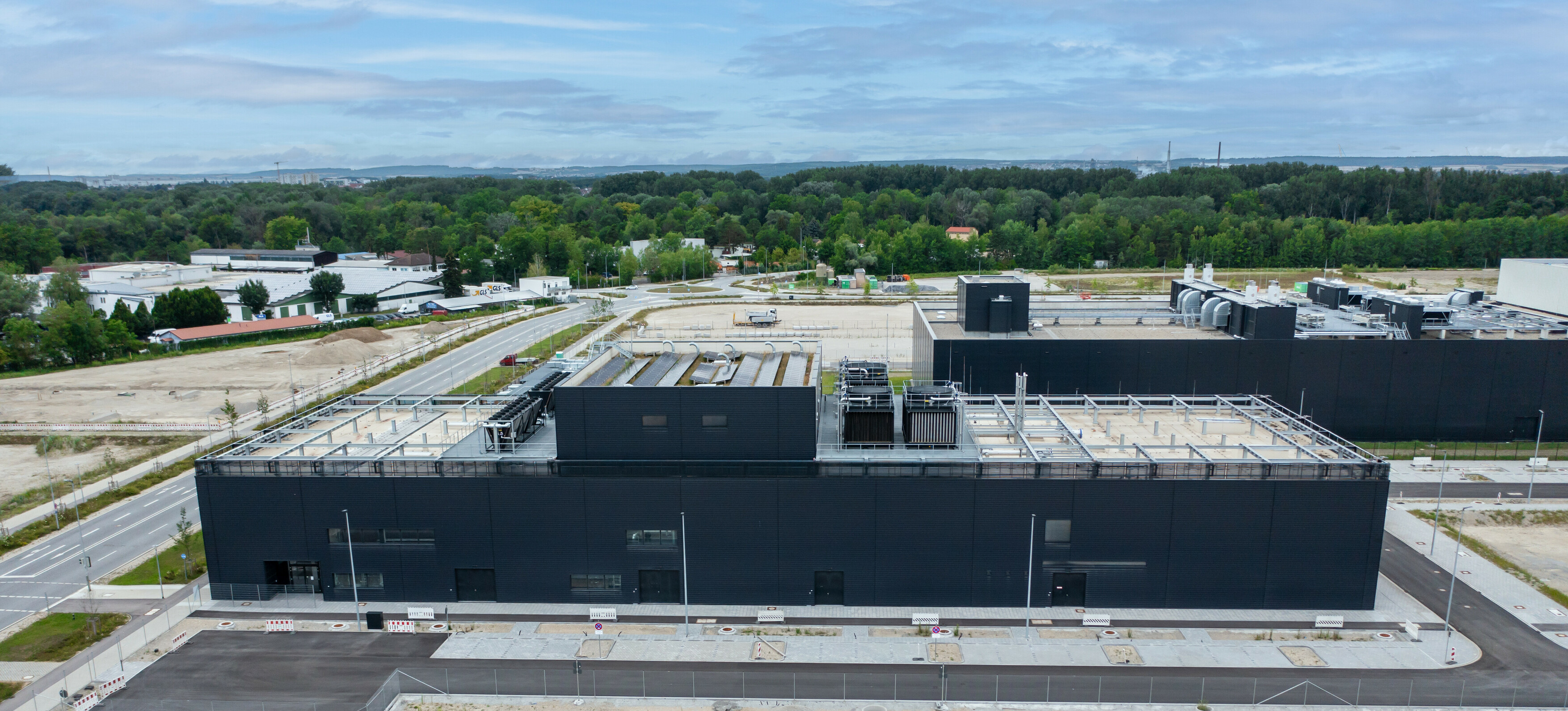In the aftermath of the June 28, 2015, SpaceX Falcon 9 mid-air rocket explosion, Elon Musk explained the cause as a faulty strut inside the booster rocket’s upper stage. Musk explained that all of the struts met certain specifications on paper, but that after the event, tests were done on struts in stock at SpaceX that determined that some struts didn’t meet specifications. Musk explained that in the future, all struts would be tested before being used on SpaceX rockets. The question was: wouldn’t testing struts weaken them, making them more likely to fail during use? The answer is no, because of new non-destructive testing techniques.
The Use of Non-Destructive Testing
Nondestructive testing allows engineers and quality control professionals to test products, reduce waste, and increase the frequency of inspections while achieving higher accuracy. ASNT, the world’s largest Non-Destructive Testing (NDT) organization certifies examiners worldwide. According to NDT, non-destructive testing helps manufacturers determine if products or parts of products are compromised and need to be replaced. Portable and handheld infrared spectrometers are an example of reliable solutions that help characterize materials during nondestructive tests.
The nondestructive testing industry is growing by leaps and bounds, growing at a compound annual growth rate (CAGR) of 8% with an expected market value of $25 billion by 2022. This is because of the resources NDT saves and the safety provided to workers who used to test volatile or high-pressure equipment and machinery in dangerous conditions. There are two main areas of the NDT market, including volumetric examination and surface examination, and these are used in oil and gas, energy and power, aerospace and defense, automotive and transportation, infrastructure, and more.
Another organization, the Nondestructive Testing Management Association (NDTMA) will hold the NDTMA 50th Anniversary Conference February 14-16, 2017 in Las Vegas and cover the following topics:
- Effective Faced Array Ultrasonic (PAUT) Inspection Techniques
- And Industry Overview of Microwave Technology
- Radiation Safety Compliance
- and much more!
The following video explains the non-destructive testing of engineered materials.







